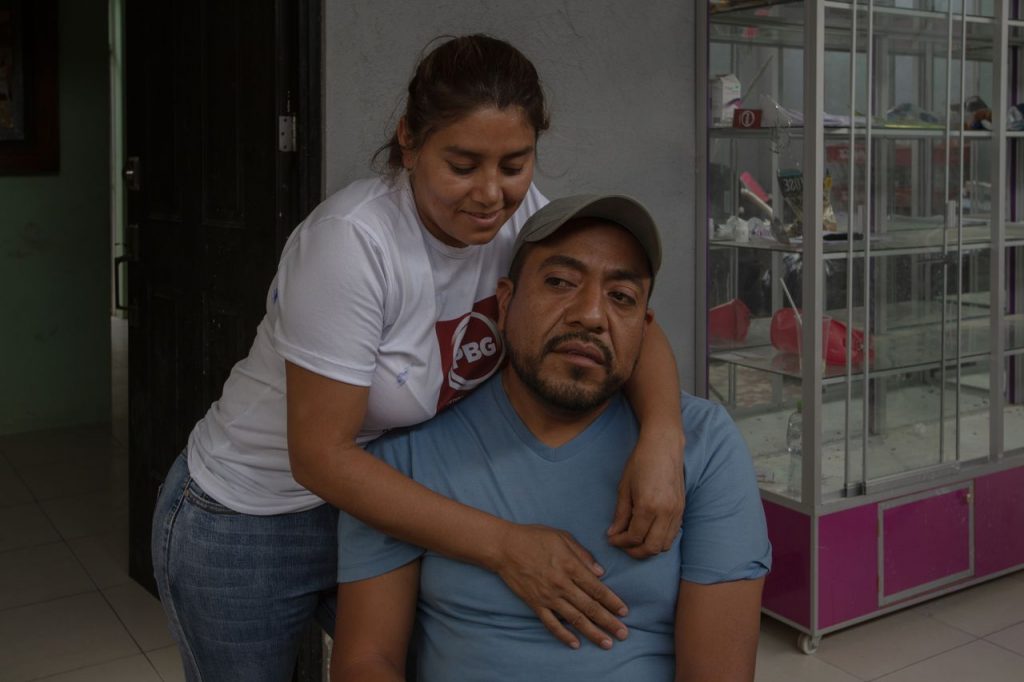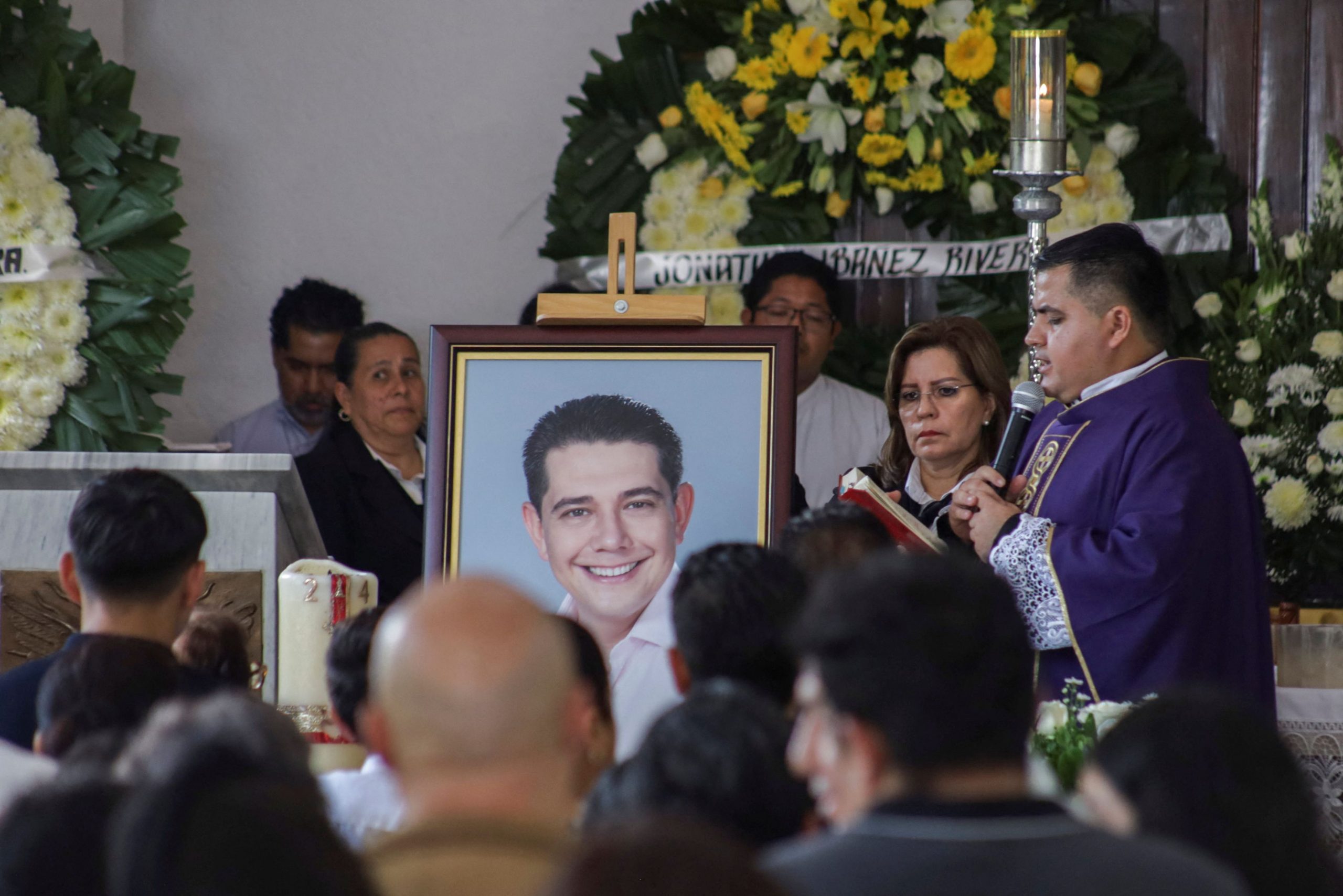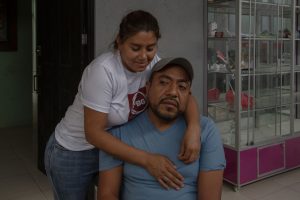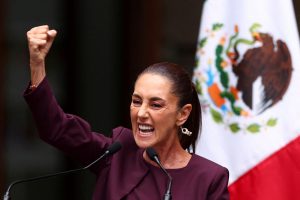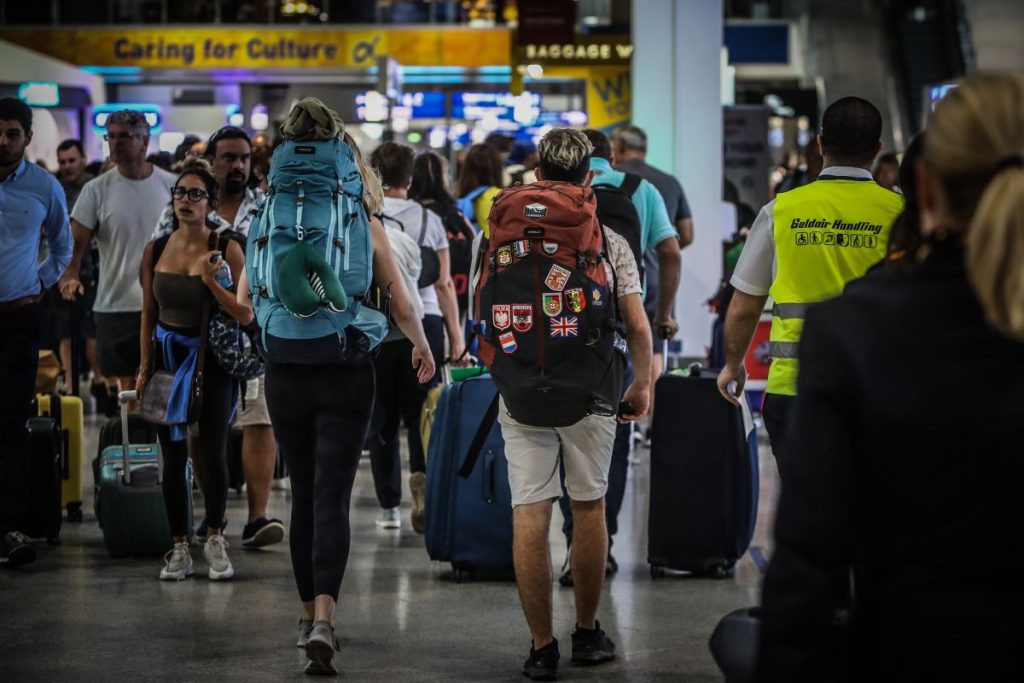CHILPANCINGO, Mexico—Six days after taking office, Mayor Alejandro Arcos loaded his pickup with bottles of water for hurricane victims, ditched his bodyguards and drove off alone into a gang-controlled area here in the capital of Guerrero state, a few hours south of Mexico City.
Hours later, on Oct. 6, police found Arcos’s severed head displayed on the roof of his car, his eyes carefully closed and hair perfectly combed. His decapitated body was left on the front seat.
The unprecedented killing of a serving mayor of a state capital is a major security test for President Claudia Sheinbaum , who has vowed to restore government control where organized crime prevails. The complexities of the case suggest it won’t be easy and cast fresh light on the extent to which the country’s gangs have attained significant political influence in some of Mexico’s most lawless places.
“The gangs are saying: We rule here,” said Renato Sales, Mexico’s former security commissioner.
Three weeks later, there have been no arrests. Security Minister Omar García Harfuch said days after the killing that Arcos was on his way to an unspecified meeting when he dropped from sight, but offered no details on the progress of the investigation. So far, the federal government hasn’t taken over the probe, as it does with most high-profile cases. At a news conference, Sheinbaum said there would be no impunity in the case.
This area of southern Mexico is home to some of the country’s cruelest criminal gangs , which have carried out barbaric killings over the years.
Its rugged mountains were known for opium poppy cultivation until fentanyl replaced heroin as a drug of choice in the U.S. Criminal gangs splintered into smaller groups, which turned to extortion of local businesses as the opium trade cratered.
Sheinbaum, who took office on Oct. 1, is under pressure to halt spiraling violence across the country, including in northwestern Sinaloa state where more than 250 people have died in a turf war between factions of the Sinaloa cartel , the top smuggler of fentanyl to the U.S. In Guerrero, too, criminal gangs largely rule. It is virtually impossible to run or be elected to local office without the consent of kingpins , residents say.
“Unless you want to be a martyr, if you are going to go into politics you need a seal of approval from these groups,” Sales said.
Blue meth vs. pink meth
During his campaign, the 43-year-old Arcos appeared to have that approval. A member of the opposition Democratic Revolution Party, he was the only candidate allowed to stump in areas controlled by the Ardillos, or squirrels, one of two gangs that dominate Chilpancingo, people with knowledge of his campaign said. In June, Arcos was elected by just 1,700 votes. He pledged to work for peace.
In exchange for their backing, the Ardillos demanded a slice of the city’s public-works budget, said a person in contact with the gang. Arcos agreed. But the newly elected mayor also made overtures to the Ardillos’ main rival, the Tlacos, this person said. It was then that the killings began.
In late September, gunmen riddled the car of the incoming security chief with bullets, killing him. A week later, gunmen killed Arcos’s deputy. Arcos was beheaded three days later.
No arrests have been made. The city is paralyzed with fear, residents say.
“Nobody goes out after 8 p.m. anymore,” said Joaquín Rodríguez, a lawyer who attended a packed memorial Mass for Arcos at Chilpancingo’s colonial cathedral.
The rival gangs control the sale of many basic foodstuffs and services in Chilpancingo, a city of some 300,000 people.
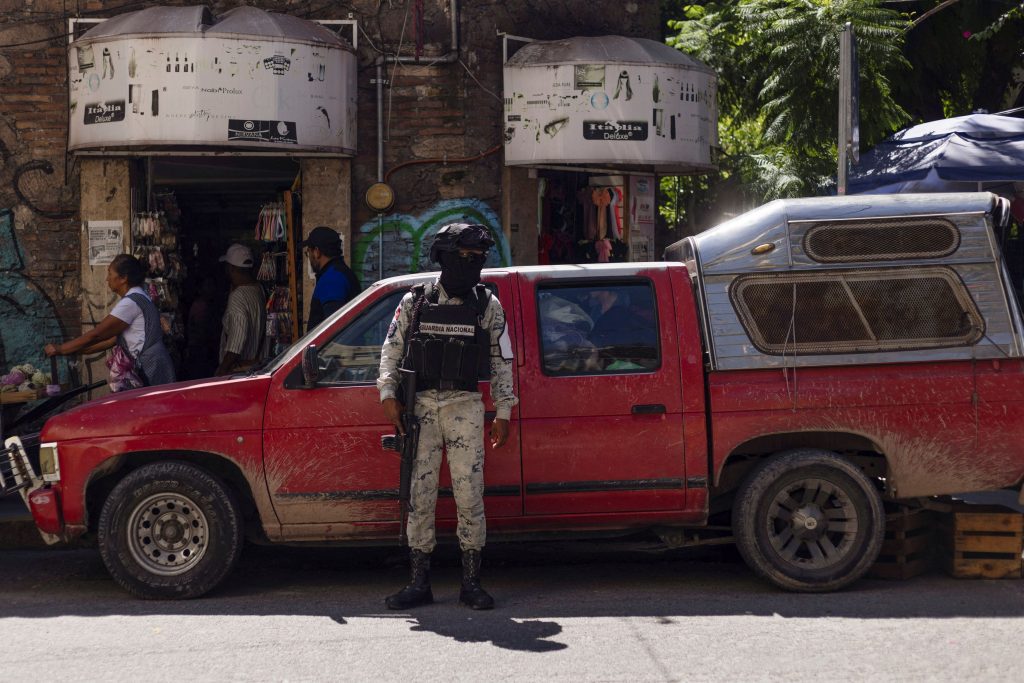
A member of the National Guard stands guard in the street after the killing of Alejandro Arcos, who had just taken office as the mayor of Chilpancingo, the capital of Mexico’s state of Guerrero, in Chilpancingo, Mexico, October 11, 2024. REUTERS/Quetzalli Nicte-Ha
The Ardillos dominate the wholesale market for chicken. The Tlacos hold sway over the sale of pork and beef. Each gang controls public-transport routes and the sale of drugs such as crystal methamphetamine in its sectors. The Ardillos’ meth is colored blue. The Tlacos’ meth is pink.
Gangs force the city to award public-works contracts to businesses controlled by them. The gangs pressure local governments to put people they control in charge of security, traffic police, public works and bar and restaurant inspections, residents say.
“They are the owners of daily life,” said Juan Angulo, the publisher of El Sur, Guerrero’s leading newspaper. “They are fighting over everything.”
Two years ago, the gangs went to war. Local residents say the Ardillos shot up a Tlaco-controlled chicken farm, killing six people including the owner’s 14-year-old daughter. The Ardillos killed three other chicken vendors, two in attacks on the main Chilpancingo chicken market, prompting a strike by stand owners, residents say. Both gangs killed public-transport drivers from the other side.
Earlier this year, a local Catholic priest mediated a truce. The two gangs agreed to respect each other’s business interests and areas of influence. The peace has largely held, even after the local officials were killed.
Who killed the mayor?
No gang claimed responsibility for Arcos’s assassination. But few residents doubt that the killing’s motive lies within the complex thread between Chilpancingo’s criminal and political establishment.
“Alejandro was very naive,” said Pioquinto Damián, a hotel owner and former local politician who says he believes Arcos was caught up in the gangs’ feud.
“He tried to build peace when the conditions were not there,” said Damián, who survived an assassination attempt 10 years ago that left his car riddled with bullets and his daughter-in-law dead.
Arcos’s family declined to comment.
His predecessor, Norma Otilia Hernández, was expelled from Mexico’s ruling party, Morena, after a video showed her having breakfast with the Ardillos’ boss at a restaurant in an area under the gang’s control. The video was leaked a month after the bodies of seven people and their severed heads were found with a note taunting the mayor: “I continue to wait for that second breakfast you promised.”
Hernández, who didn’t respond to requests for comment, said at the time that no agreements had been reached at the meeting with the Ardillo boss.
Shortly after, security forces detained two Ardillo lieutenants. In retaliation, the gang mobilized thousands of supporters from neighboring towns to march on Chilpancingo. They battled police and National Guard troops, rammed a captured armored police vehicle through the gates of the state Legislature, and took officials and soldiers hostage.
The siege ended when the Ardillos’ supporters released the hostages after being assured the government would build roads in their area.
Some residents say it may have been the work of the rival Tlacos, or a third gang, wishing to disrupt the Ardillos’ business by drawing security forces’ attention to them. Beheading is a common Ardillo way to send a message.
Outside city hall, former Arcos campaign workers man a desk collecting keys that will be melted down to make a statue of the slain mayor. By the door, candles flicker below Arcos’s photograph, part of a makeshift altar to his memory. The palace walls are covered with posters demanding justice.
Upstairs, Gustavo Alarcón, the short and stocky replacement mayor—the alternate candidate during the election—has taken over Arcos’s office. Since the killing, the federal government has sent hundreds of National Guard soldiers to patrol the narrow streets of the city as Alarcón tries to project a sense of normalcy.
Last week, Alarcón smiled as he touted job opportunities in Chilpancingo and shook hands at a job fair guarded by soldiers whose faces were hidden behind balaclava masks.
“It is normal to have fear,” said the new mayor, who is protected around the clock by 18 bodyguards.
Write to at Jose.Decordoba@wsj.com.
